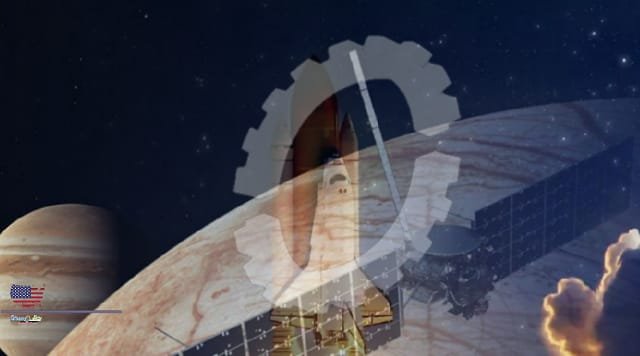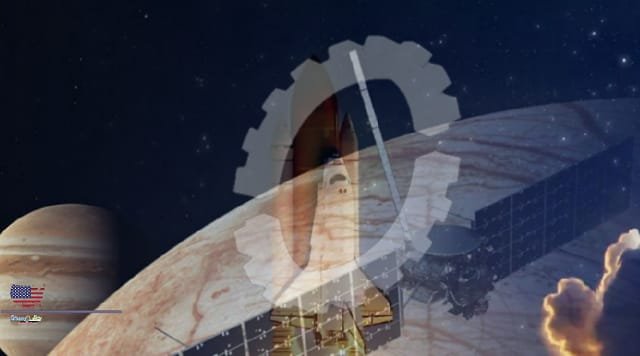Scientists are beginning to dream of how a new generation of super-heavy-lift rockets might enable revolutionary space telescopes and bigger, bolder interplanetary missions NASA’s SLS Could Supercharge Space Astronomers breathed a collective sigh of relief as the James Webb Space Telescope (JWST) sprung to life

.
Getting the $10-billion telescope up and running following its launch on Christmas Day 2021 had been a nerve-racking affair. JWST would not fit into any modern rocket without being folded, and it had to rely on hundreds of moving parts to unfurl to full size once in space. Ultimately those efforts were successful, and the telescope has started returning some of its first calibration images to thrilled audiences back on Earth. Yet the experience left many astronomers wondering if there was a simpler way to build and launch telescopes of this size. “We were worried about the unfolding,” says John Blevins of NASA’s Marshall Space Flight Center. But with a larger rocket, “you don’t have to unfold in space. You can do it on the ground.”
As chance would have it, two such rockets are currently sitting on launchpads. Each should ultimately exceed the power of the mighty Saturn V, which sent the Apollo astronauts to the moon. The first, NASA’s Space Launch System (SLS), is ready and waiting at Kennedy Space Center in Florida for its inaugural uncrewed voyage around the moon this summer as part of the Artemis I mission—the opening shot in NASA’s plan to return humans to the lunar surface in the 2020s. The rocket is meant to be as reliable as possible and is therefore based, in large part, on legacy hardware from NASA’s Space Shuttle program. But a reliance on tried-and-true technology could be its Achilles’ heel: some estimates currently peg the SLS’s cost at an eye-watering $4.1 billion per launch. Presuming it is not scuttled by congressional appropriators feeling buyer’s remorse, its massive size could ultimately be a boon for scientists seeking to send larger, more ambitious spacecraft and telescopes throughout the solar system—and even beyond.
Starship, a similarly capable but wildly different rocket being developed by SpaceX, is also in preparation to launch on its first orbital test flight as early as May, pending regulatory approval from the Federal Aviation Administration. The cost of the SLS seems so egregious because each multibillion-dollar rocket will be discarded after a single use, its components relegated to junk on the seafloor or adrift in space. Such was the standard for most of the space age, but times have changed. Starship and its giant Super Heavy booster are instead built for endurance, landing back on the ground for rapid reuse similar to SpaceX’s current fleet of Falcon rockets, which has already dramatically lowered the cost of reaching space. As big and bold as the SLS may be, experts say that it pales in comparison with what Starship could achieve. “Starship holds the promise of transforming the solar system in a way we can’t really appreciate,” says Alan Stern of the Southwest Research Institute in Texas, who helms NASA’s New Horizons mission, which flew by the dwarf planet Pluto in 2015. “It completely changes the game.”
Either rocket’s shroudlike payload fairing is spacious enough to fit cargo as big or even bigger than JWST, all without the need for folding components into the world’s most expensive origami. And both launchers will possess such immense thrust that they can reach remote corners of the solar system on shorter time scales with larger spacecraft than smaller rockets. Starship alone, however, is designed to be refueled in space, meaning that it could transport mind-bogglingly huge payloads to hard-to-reach locales such as Jupiter and Saturn—or pretty much anywhere else around the sun, for that matter.
As this hopeful new era of the super rocket dawns, eager scientists are vying to be along for the ride. “These rockets can enable whole new classes of missions to all the giant planets and the Kuiper belt objects, to the ocean world satellites and the dwarf planets of the solar system,” Stern says. “They’re across-the-board useful.” Now many are busy drawing up ideas for what might be possible, at the moment focusing more on the SLS because of its greater maturity but keeping a beady eye on Starship and its potentially revolutionary capabilities.
NASA officials say, the SLS will primarily be used to launch the agency’s Orion spacecraft with crew onboard. Those launches will work in tandem with NASA-contracted Starship launches, which will serve to land an Artemis crew on the moon as early as 2025—and perhaps one day send astronauts to the surface of Mars. “We expect approximately one human landing per year over a decade or so,” NASA’s administrator Bill Nelson said in a press conference on March 23. As such, no SLS rocket is likely to be available to solely launch any sort of telescope or scientific probe into the solar system until the 2030s. “Given the demands of the Artemis program between now and the late 2020s, it’s going to be very difficult to squeeze a science mission in that time frame,” said Robert Stough, payload utilization manager of SLS at NASA’s Marshall Space Flight Center, in a briefing last year.
NASA switched the planned 2024 launch of its Jupiter-bound flagship mission, Europa Clipper, from the SLS to a SpaceX Falcon Heavy. Even so, agency officials are bullish that the SLS’s exorbitant costs and sluggish launch rate can be improved, creating more opportunities for science missions. In his briefing, Stough estimated that $800 million or lower was an achievable target by the 2030s. According to a paper presented at a November 2020 American Institute of Aeronautics and Astronautics (AIAA) meeting, NASA’s SLS final, most powerful planned configuration could be supercharged with the addition of a new “kick stage” that would add propulsion to the top of the rocket. Such an upgrade would allow the SLS to send some 16 metric tons to Jupiter, about six metric tons to Neptune and one metric ton to interstellar space. The New Horizons mission to Pluto, by comparison, had a mass of half a metric ton. “
Source: This news is originally published by scientificamerican
